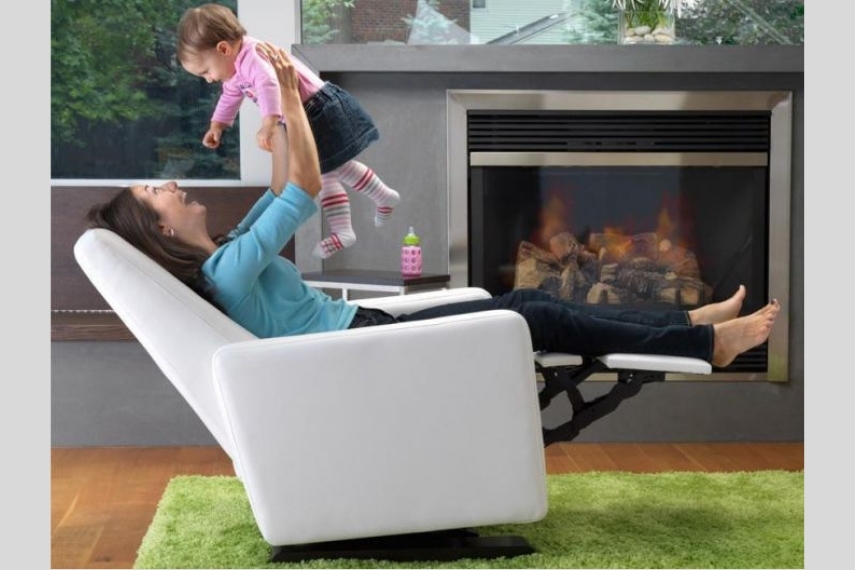The Truth About Upholstered Furniture
I am all about being cozy. I put on sweatpants immediately after I walk in the door after work, and as soon as the kids go to bed I am curled up on the couch with a blanket around me and my laptop on my lap. My husband and I strive to have a comfy and inviting home and living room, and a cozy couch is a top priority.
When I started to read about the materials that typical upholstered furniture is made of, the couch no longer seemed so cozy. It’s something I thought about a lot when it came to picking a glider to sit in and rock my newborn baby to sleep. Having now had 2 babies in under 2 years, I am keenly aware of how many hours a new mom spends in her glider with a newborn in her arms. Though there probably are now some decently made couches out there for your living room, I was unable to find a glider that was organic enough to meet Sprout’s standards. So we created one. (See all our natural latex Gliders.)
What You Should Know About Upholstered Furniture
Most couch cushions are made of polyurethane foam, a petroleum product that off gasses VOCs into the air around it. That new furniture smell, which seems to be the strongest with upholstered furniture, is a good indication that VOCs are being released.
VOCs are carbon-based chemicals that evaporate easily into the air. They are the major component of smog. Some VOCs are known carcinogens or can cause other health problems. Introducing VOC-laden furniture into a home can contribute to headaches, dizziness, fatigue, asthma, and other chronic problems. Additionally, long-term exposure to low-quality indoor air can lead to respiratory problems and cancer. Another problem with foam is that it is highly flammable, so it is commonly treated with fire-retardant chemicals. Some of these chemicals, polybrominated diphenyl ethers, or PBDE, and the now banned PCBs, are particularly harmful to fetuses and can cause brain and reproductive system disorders. The form of PBDEs used in foam furniture was withdrawn from the US market in 2005 after the Environmental Working Group and others reported widespread PBDE contamination in people, households, wildlife and common foods. However, there are still other types of flame retardants on the market that you may not want to be breathing in as you are rocking your new baby to sleep.
When purchasing new upholstered products, ask the manufacturer what type of fire retardants they use. Avoid products with brominated fire retardants, and opt for less flammable fabrics and materials, like leather, wool and cotton.
– Suzanne
Sprout’s exclusive Gliders can be upholstered in a selection of fabrics. They use natural, organic latex. Natural latex is sustainably produced and resistant to dust mites and mold, making it more hypoallergenic. Learn more about the differences between natural and synthetic latex by reading our article: Latex: Is this good or bad?


